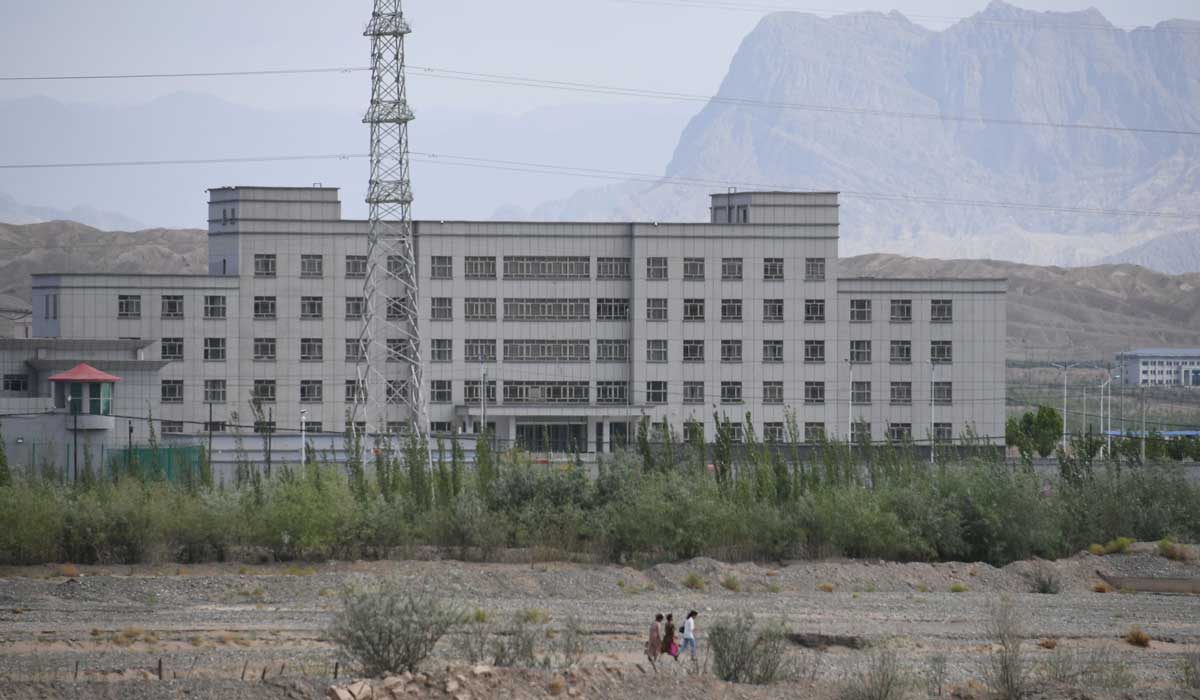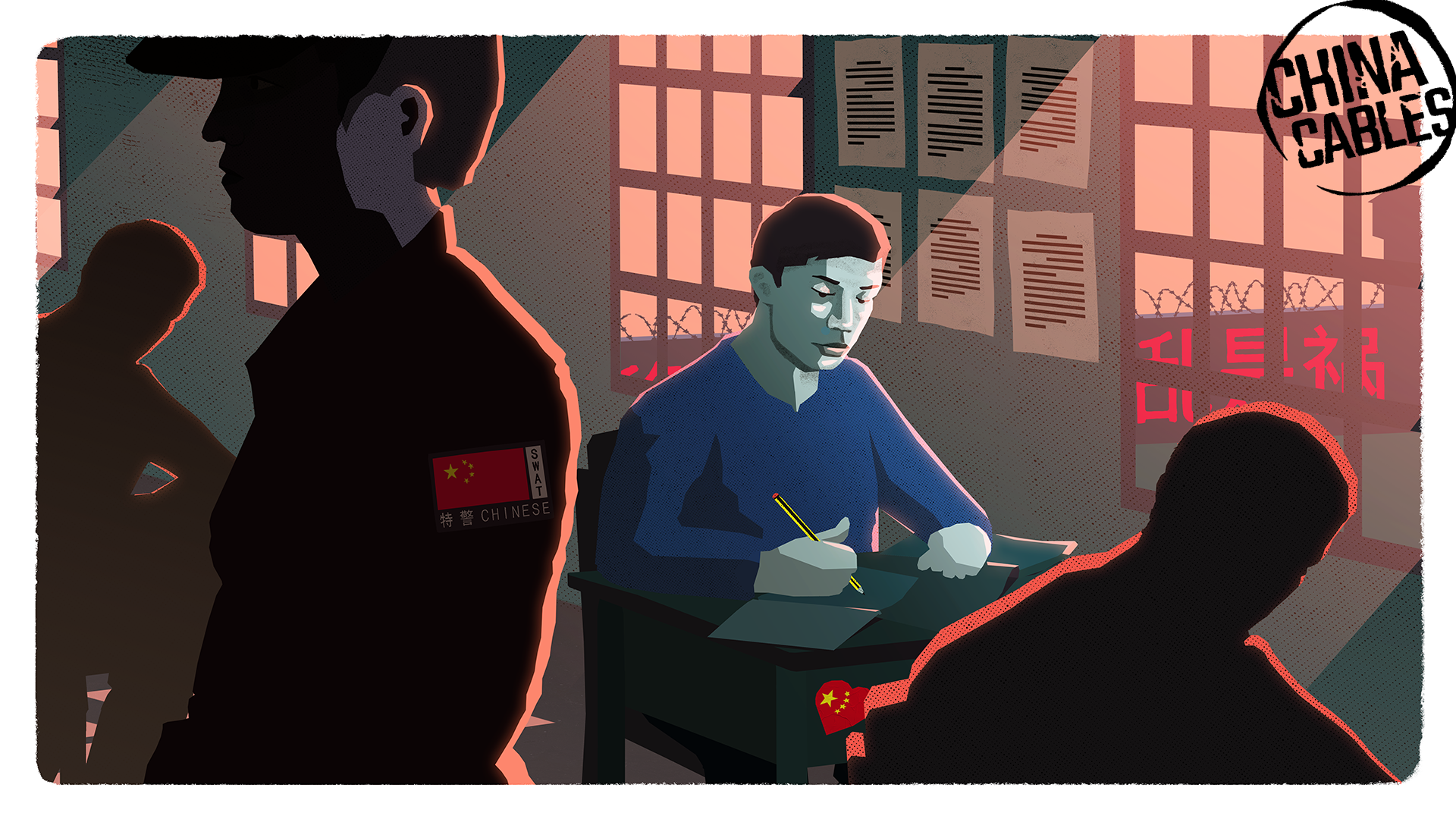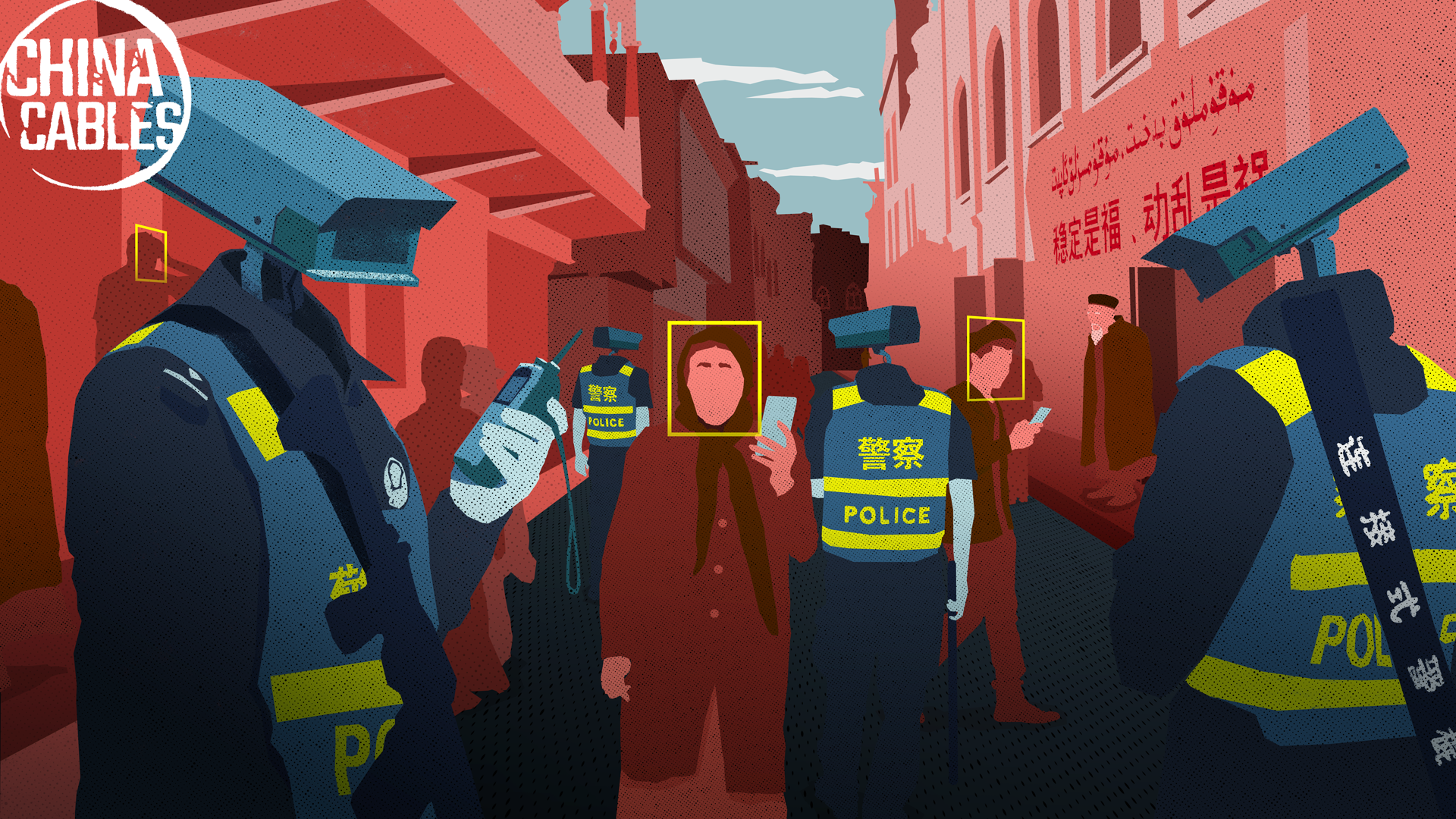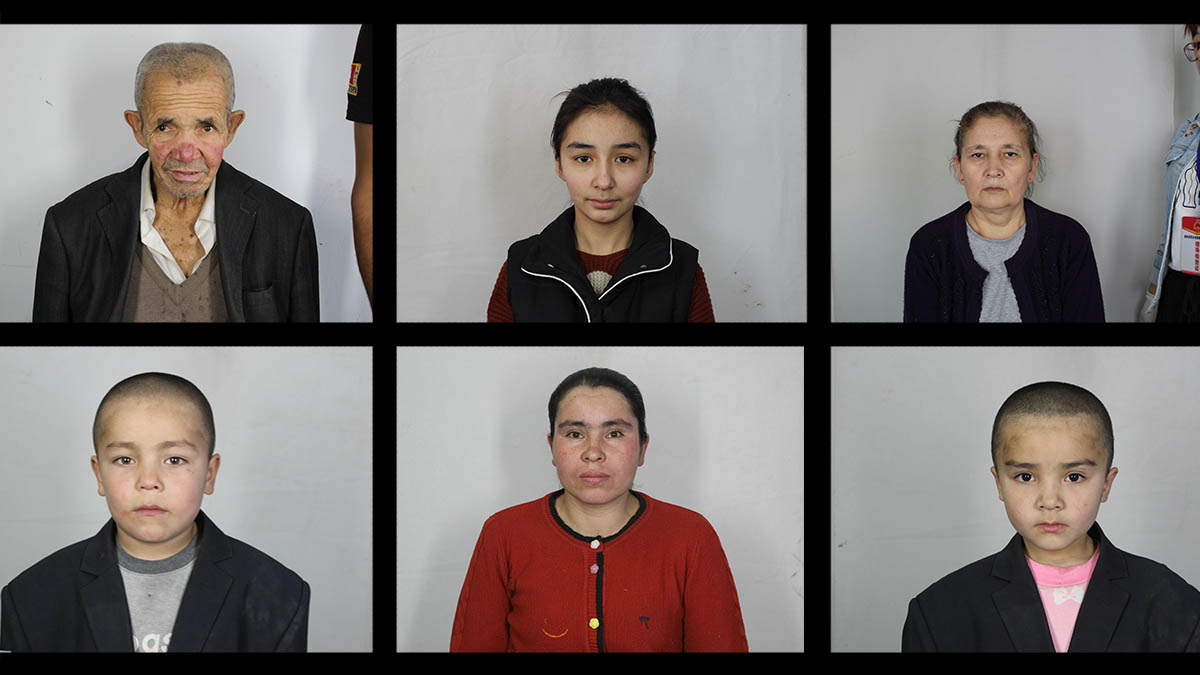A paradox characterizes China’s mass internment camps in Xinjiang.
Advanced technology has allowed Chinese authorities to construct a total surveillance and mass detention regime, of which other architects of internment camps, such as the Nazis and the Soviets, could only dream.
But technological advancements are a double-edged sword. Whereas it was years or even decades before the world knew the extent of the Nazi concentration camps and the Soviet gulag, it took only months to learn the scope and scale of what the Chinese Communist Party has been doing in Xinjiang. Why? Satellite images shared on the internet.
The International Consortium of Investigative Journalists’ China Cables investigation gave us a unique glimpse at how the Chinese government runs this mass detention and “re-education” program and how they’ve deployed surveillance techniques to track an entire ethnic minority population. The leaked documents build substantially – and in the government’s own words – on our understanding of the situation in Xinjiang.
But a leak from inside the Chinese government is exceedingly rare. So how have journalists used technology, advanced reporting methods, and sheer perseverance to extract information out of this remote and closely-guarded region in China’s northwest? And at what cost?
The earliest English-language reports mentioning large internment facilities came in September 2017.
On Sept. 10, Human Rights Watch published a report saying that the Chinese government had detained “thousands” of people in “political education facilities” since April 2017. The report cited interviews with three people whose relatives had been detained, as well as Chinese-language media reports from local Xinjiang outlets that mentioned “counter extremism training centers” and “education and transformation training centers.”
On Sept. 11, Radio Free Asia became the first major English-language news organization to state that there were “re-education camps” in Xinjiang. The outlet’s team of Uighur-speaking reporters learned details about the camps by calling numerous local officials and police officers in Xinjiang.
These reports raised awareness of the issue among China watchers already concerned about the situation in Xinjiang, but did not make waves among the wider public. The basic claims made in these initial reports – that many Uighurs were being put into special indoctrination facilities simply for being religious or having relatives abroad – were later corroborated. In late 2017, the number of camps and sheer scale of the detentions were still unknown; the highest estimate of the number of people detained was in the thousands.
It was the subsequent work of two independent researchers that unveiled the true scope of China’s mass internment drive and brought the issue to the national and international spotlight. Adrian Zenz, a German researcher based at the time in Korntal, Germany, dug through obscure corners of the Chinese internet, using government procurement documents, construction bids, and public recruitment notices to calculate the first rough estimate of the number of people held in the camps. He put it somewhere between several hundred thousand and one million, in an article published in May 2018 for Jamestown Foundation. After further research, he later revised his estimate to around 1.5 million.
Meanwhile, Shawn Zhang, a graduate student in Canada, used satellite images obtained through Google Maps to locate dozens of facilities, most newly built, that he believed were detention camps; he posted his findings in a May 2018 blog post. Zhang has now assisted many news outlets in the use of satellite imagery to locate and verify camps. The dozens upon dozens of potential sites he unearthed corroborated Zenz’s finding that the camps’ population reached the hundreds of thousands, if not more.

Detention camp in
Shufu County, Xinjiang
Satellite images show the rapid
construction and expansion of the
camp during 2017.
March 2017
July 2017
November 2017
Source: Satellite images captured from
Google Earth Pro.

Detention camp in
Shufu County, Xinjiang
Satellite images show the rapid construction
and expansion of the camp during 2017.
March 2017
July 2017
November 2017
Source: Satellite images captured from
Google Earth Pro.

Detention camp in Shufu County, Xinjiang
Satellite images show the rapid construction and expansion
of the camp during 2017.
November 2017
March 2017
July 2017
Source: Satellite images captured from Google Earth Pro.

Detention camp in Shufu County, Xinjiang
Satellite images show the rapid construction and expansion of the camp during 2017.
November 2017
March 2017
July 2017
Source: Satellite images captured from Google Earth Pro.
In late 2017 and early 2018, several journalists from foreign media outlets were able to travel to Xinjiang and observe the expanding security state there firsthand. Megha Rajagapalan’s October 2017 dispatch for Buzzfeed painted a dark picture of the high-tech surveillance, or what she called a “21st century police state,” that had begun to blanket the city of Kashgar, in Xinjiang’s more restive southern region. The Wall Street Journal and the Associated Press both ran a series of dispatches and investigations into the camps, and Agence France-Presse revealed how local governments in Xinjiang had spent a small fortune buying surveillance technology and riot gear as the security state grew.
There remain many unknowns. Exactly how many people are or have been detained in the camps? How many people have died while interned there? Does China plan to make detention facilities a permanent fixture of life in Xinjiang?
These questions are not easy to answer. In addition to the sheer logistical challenge of gaining unfettered access to the region, the Chinese government has also sought to silence and punish those who have helped reveal its activities in Xinjiang. Authorities have detained the relatives of Radio Free Asia’s team of Uighur journalists. In 2018, Rajagapalan’s journalist visa was not renewed, effectively expelling her from the country. Chinese authorities have threatened Uighurs abroad who have spoken out about the camps.
Nevertheless, reporting continues. And there remains a resolute community of journalists and activists working to bring more transparency and international scrutiny to the region.







